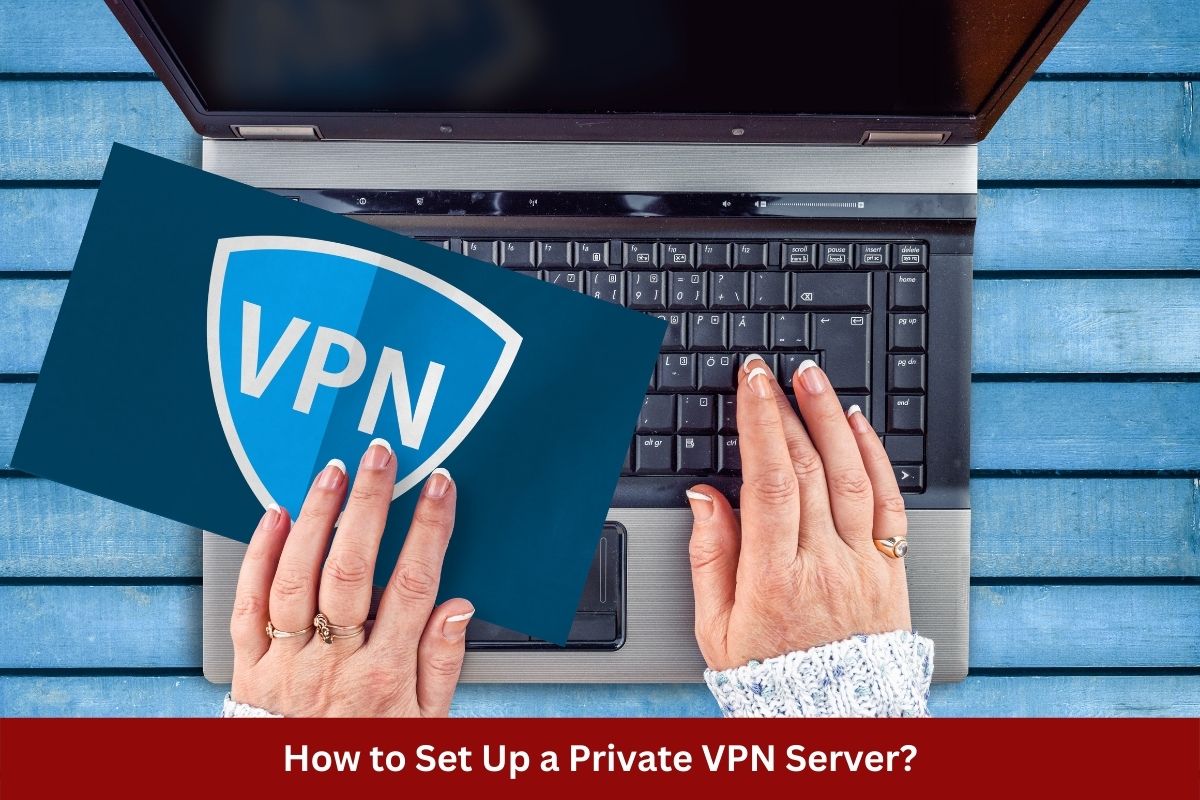VPNs or Virtual Private Networks come in handy when you want to access geo-restricted content or mask your identity on the internet. But it may be expensive to avail of commercial VPN services. Plus, you need to route all your data through third parties, which can be a security threat.
But when you rent an IP address at a data center and create data center proxies or a Virtual Private Server, your data remains safe, and you save a lot of money. The process of creating a datacenter proxy might be a bit technical, but we will break it down into simple steps. Check them out.
Why Should You Use a Virtual Private Server?
Creating a virtual private server may seem to be a hassle when you already have a lot of public VPN services out there. But it has some advantages that you should take a look at.
· Better Data Safety
In a public VPN, your data is most likely to go through third-party providers. When you create a private server, the safety of your data increases as it doesn’t need to go through service operators.
· Less Expensive
You might need to spend a good amount of money to use commercial VPN services. But renting an IP address instead and creating your own server costs a lot less.
· Suitable Locations
Not all VPN service providers may offer the location you need. But when you create your own server, you can choose the location at your convenience. For example, if you have a datacenter proxy in the United States, you can stream stuff as if you were in the United States.
· Learn Something New
Setting up a private server will take you through processes you never knew. During the process, you may learn new things about VPN configurations.
How to Set Up a Virtual Private Server?
Let’s learn how to set up a virtual private server on your Windows machine.
Step 1
Go to Settings and select Network & Internet. From the left sidebar, you need to click on VPN. On the right side of the screen, you will see a ‘+’ icon named Add a VPN connection. Click on that icon, and a new screen will appear.
Step 2
In the new screen, you need to input the details for your VPN connection. The first drop-down menu is for VPN providers. If you use easier connection types like PPTP or L2TP, you need to select Windows (built-in) from the drop-down menu. But if you use the IKEv2 connection type, it will require you to install a root certificate from the VPN service provider. We will go to that in a minute.
Step 3
In the next box, you need to enter the Connection name. And the following box is for the Server name or address. These details depend on the VPN provider you use. Various free and open-source software can be used in the process.
Step 4
The next box, called VPN type, will be set to Automatic if you choose the Windows (built-in) option in the first box. And then, select Username and password from the following drop-down menu called Type-of sign-in info.
Step 5
Next, enter the username and password you have got from the VPN provider. After all the details are okay, click Save.
Step 6
Click the Wi-Fi icon, and you will see the new connection name at the top. Click on the connection name to start connecting to the new server.
How to Install Root Certificate?
If you want to use the IKEv2 VPN type, you need to install a root certificate. Here is how you do it.
- Download the IKEv2 certificate of your VPN service provider on your computer. Double-click on the file to open it. An installation wizard will come up. Click on Install certificate.
- On the next screen, you need to select Place all certificates in the following store button. Click on Browse and select Trusted Root Certification Authorities. Once the folder is selected, click Next.
- Once the certificate is installed, click Finish to complete the installation.
Now that you have the IKEv2 certificate installed, you can select the VPN type as IKEv2 instead of Windows (built-in) while adding a new connection. The remaining process will be the same.
Conclusion
Public VPNs aren’t always as convenient as you desire. Using your own server is way more secure and cost-effective. You simply need to use datacenter proxies to create your own virtual private server in any location you desire.
It reduces the hassle of changing your VPN providers every time you need a new location that isn’t available in your provider. And you learn to run your connections privately without giving up your data to third-party services. A bit of your patience and detailed guidance from us will help you do that.
